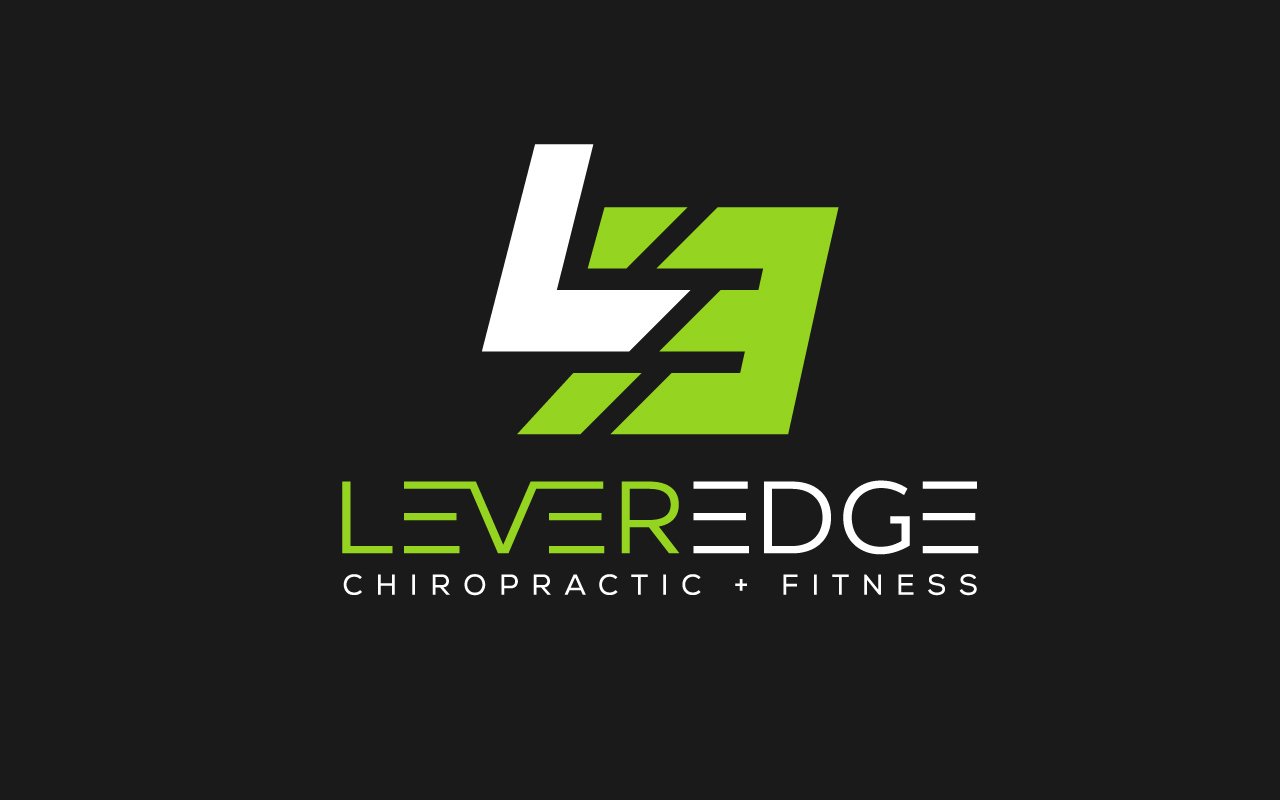Is Your Low Back Pain Really a Low Back Problem?
In a recent blog post, I was talking about shoulder pain and how perceived pain in the shoulder might actually be coming from a nerve existing in the neck. The term used to describe this is a Referred Pain Pattern.
Today, I am going to be discussing something similar to this idea that the pain you are experiencing, regardless of where it is, might not actually be a problem with that specific area. The first person to actually give this phenomenon a name or definition was an old Czech physiotherapist named Vladimir Janda when he said “Often the site of pain is not the cause of pain”.
As mentioned earlier, I am going to refer to this phenomenon as a “pain referral”. The term we like to use when we describe what is directly responsible for this occurring is Regional Interdependence.
When we say regional interdependence, I know that can seem vague and maybe overcomplicated, but I would invite you to consider this specific example. Take, for example, Tom the banker. Tom has a long standing history of low back pain and spends numerous hours in his office meeting with clients, working on the computer, etc.
No matter what Tom does, he just can’t seem to make his low back pain go away. He’s tried stretching his low back, taking over the counter meds, ice, heat, going to the chiropractor to get his low back adjusted, you name it, he’s tried it.
What Tom has failed to do was take a step back and look at the bigger picture. See, what Tom doesn’t realize is that because he spends so much time at his desk, in a sitting position, the muscles around his hips have stiffened up due to a lack of consistent movement through the hip area.
I know some of you are thinking “So what? What do his tight hips have to do with his low back?”. Well, the problem is since his hips are supposed to have a certain degree of mobility, and as mentioned before, they do not, he now has to compensate and get that mobility from somewhere else in order to be able to play golf on the weekends with his buddies.
Compensation is okay in the short term, but after a while, Tom’s low back starts to become overworked, tired, and angry. Because of this, Tom’s brain will send him signals to let him know something is not right and he needs to make a change in his behavior or else something bad will happen.
Now, let me ask you this: is this a problem with Tom’s low back? Most of you would say “of course not! Tom needs to stretch his hips!”. In which case we would 100% agree with you, and Tom would be on his way to getting rid of his low back pain forever.
This specific example I have just given you is an explanation of regional interdependence. Regional interdependence states that the body is an alternating pattern of stable segments (think knee or low back) connected by mobile joints (think ankle or hip), and when you interrupt this pattern, something bad happens.
In Tom’s specific case, his lack of good hip mobility made his low back lose its stability and move too much.
The bottom of the line is this: if you have had an ache or a pain for quite some time now, and you can’t seem to make it go away for more than a few minutes or few hours, you might have a more global or regional problem that should be addressed by a healthcare provider who understands this concept.
Don’t be like Tom.
Yours in health,
Kevin Noel, DC CSCS

